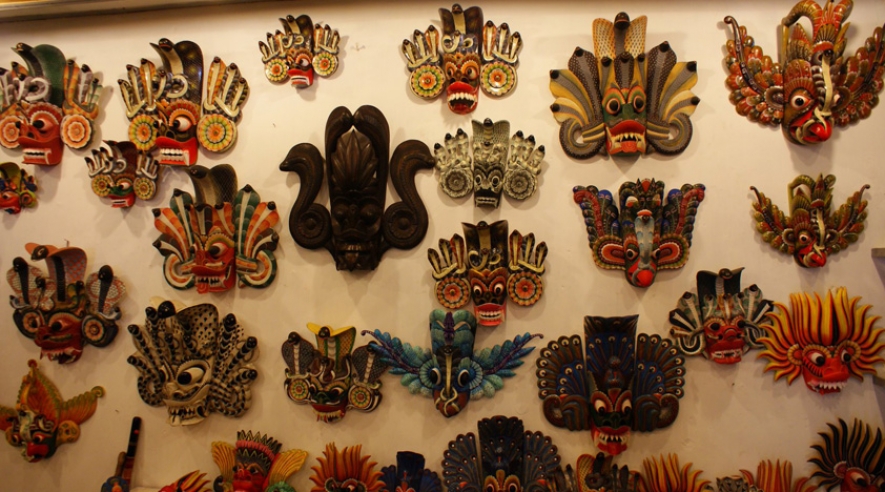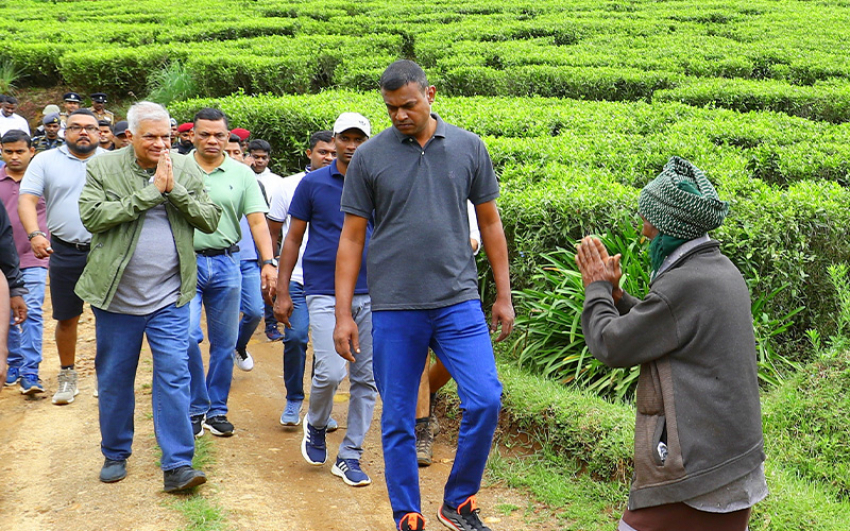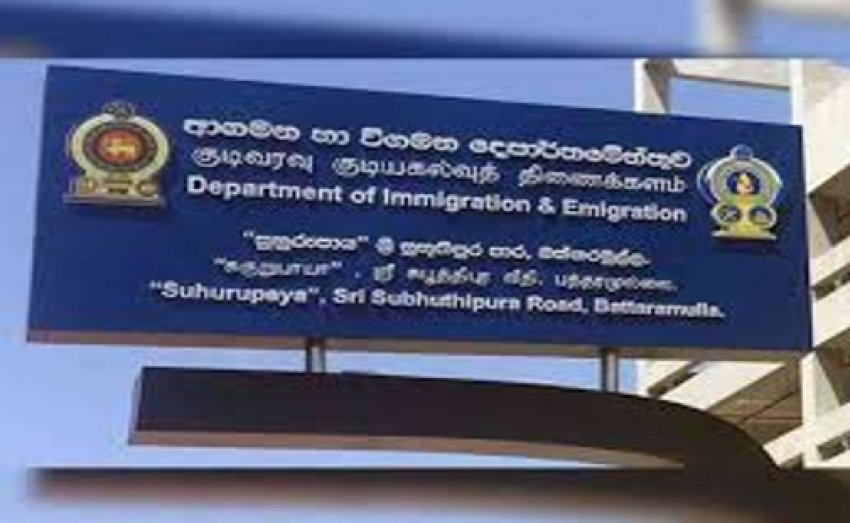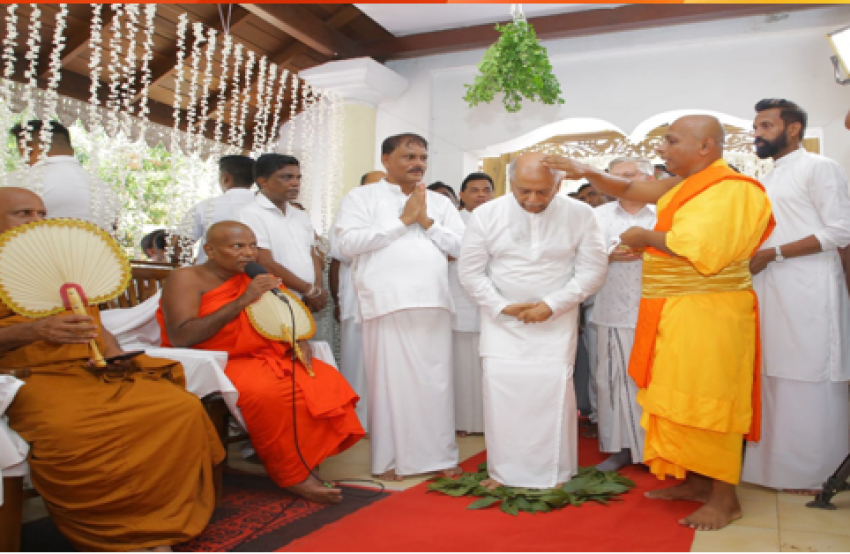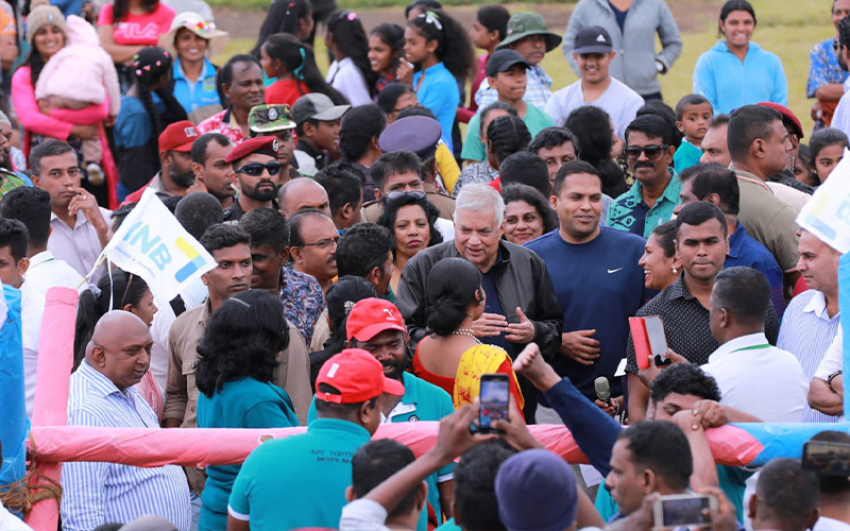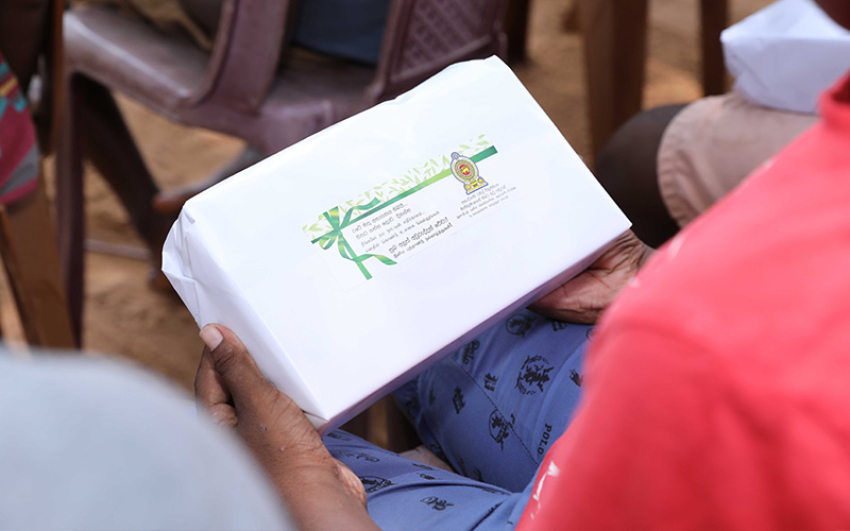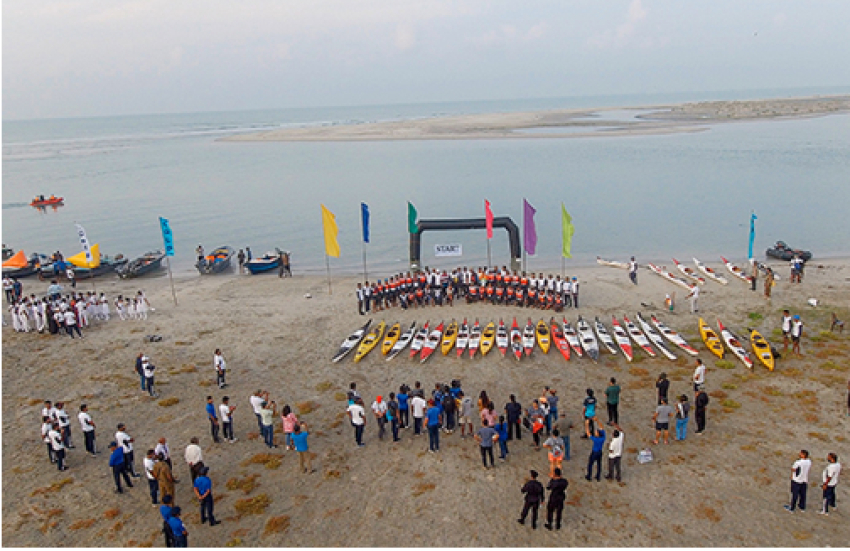 A museum is designed to introduce into the richness of the mask tradition of Ambalangoda and to strengthen this cultural heritage. The museum, the workshop and the small library (containing all available anthropological literature on masks performances) may serve as a centre for traditional arts and crafts and for research as well.
A museum is designed to introduce into the richness of the mask tradition of Ambalangoda and to strengthen this cultural heritage. The museum, the workshop and the small library (containing all available anthropological literature on masks performances) may serve as a centre for traditional arts and crafts and for research as well.
Ariyapala Masks in Ambalangoda is one of the most oldest mask manufacturers in Sri Lanka . The industry was esbalished by the present owner's great grandfather Edoris de Silva. After the death of Edoris de Silva, the business was taken over by Ariyapala de Silva. In 70th Decade, Ariyapala & sons was started as a business in Ambalangoda.
According to the Manager of Ariyapala & sons, U.L. Gunarathna, there are three kinds of masked dances.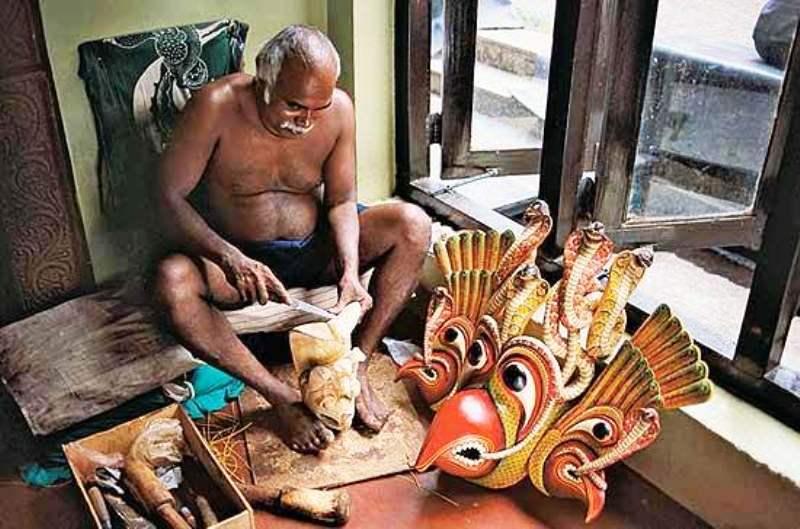 Kolam masks are used in storytelling performances. Raksha (Demon) masks are allotropic, used in processions and festivals. Specially, Sanni ("Devil Dance") masks are also allotropic, used in curing ceremonies. At present masks are used by villagers for thovil ceremonies and for devil dance rituals. Masks are also used to perform religious items at Peraheras. Masks are classified as: Gods, Human beings, Raksha, Yakksha (Demons), Animals and Composite masks.
Kolam masks are used in storytelling performances. Raksha (Demon) masks are allotropic, used in processions and festivals. Specially, Sanni ("Devil Dance") masks are also allotropic, used in curing ceremonies. At present masks are used by villagers for thovil ceremonies and for devil dance rituals. Masks are also used to perform religious items at Peraheras. Masks are classified as: Gods, Human beings, Raksha, Yakksha (Demons), Animals and Composite masks.
According to Mr. Gunarathna, a large number of masks are sold every month and this number exceeds during the tourists season between November to April. But today, Northern and Eastern provinces are attracted more tourists as current situation in Sri Lanka, added him. Even though, the tourists who visit southern, never omit to enter to this Mask museum and the industry.
The wood of the Kaduru tree (stychnos nux vomica) is widely used in the manufacture of masks. This tree grows in marshy lands bordering paddy fields. This wood is light, soft, and easy to carve. The production process of Mask is wonder as its nature of outcome and hand making system. But, There is a difficulty to produce a large number of mask as rare to find natural raw materials and also it is a hand making industry.
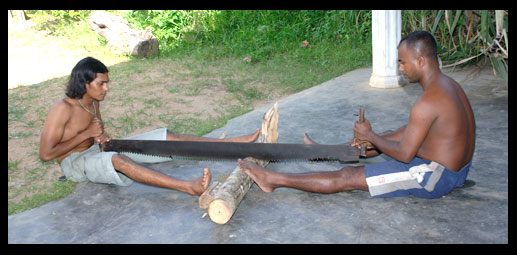 In the production process, Firstly, the trunks of felt tree are kept under hot sun to dry and to drain out the sticky juice. Thereafter it is measured and cut into pieces of required sizes of the various masks. Then the carver gives the basic shape of the mask to the piece of trunk with the help of chisels and a mallet. These measurements of carving have been given in ancient manuscripts. After this, the mask is kept on a stall of a hearth (Dum Messa) for six or seven days to get the smoke to season the wood. This is a very important step as well as a traditional method to keep masks free from the
In the production process, Firstly, the trunks of felt tree are kept under hot sun to dry and to drain out the sticky juice. Thereafter it is measured and cut into pieces of required sizes of the various masks. Then the carver gives the basic shape of the mask to the piece of trunk with the help of chisels and a mallet. These measurements of carving have been given in ancient manuscripts. After this, the mask is kept on a stall of a hearth (Dum Messa) for six or seven days to get the smoke to season the wood. This is a very important step as well as a traditional method to keep masks free from the  insects’ attack that we still follow. Subsequently, mask is taken out from the smoking stall and gradually shaped the face to epict specific expression by using various types of chisels and mallet.
insects’ attack that we still follow. Subsequently, mask is taken out from the smoking stall and gradually shaped the face to epict specific expression by using various types of chisels and mallet.
Before a mask is painted, it is smoothen with Motadelia leaves and Delsavaran which is obtained from the Breadfruit tree. As a first step of painting, light-yellow (primary colour) is applied on the surface of every mask. Here onwards colours are applied according to ancient manuscripts of our forefathers of our family. Colours are mixed with ‘Dorana oil’ to assure the durability of colours. Each mask has its own particular colours to depict their characteristic features.
Expressions of masks varied from one to another because each and every mask has its own characteristic role that links with folklore stories. Most of the times masks have hidden expressions. So, to depict those particular expressions, carver should enter mentally to the character of the mask. Because of this, mask carving is not merely a practice of chisel and mallet. It should have a wide traditional and philosophical training background.
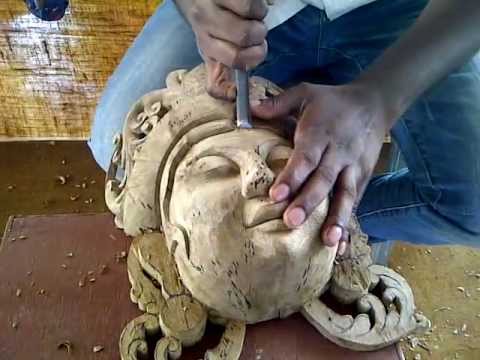
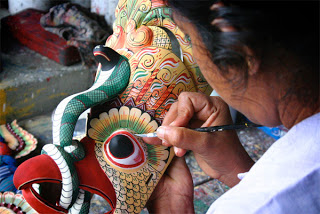
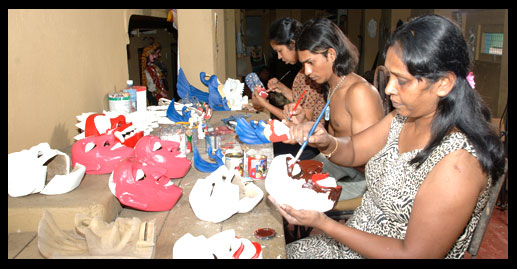
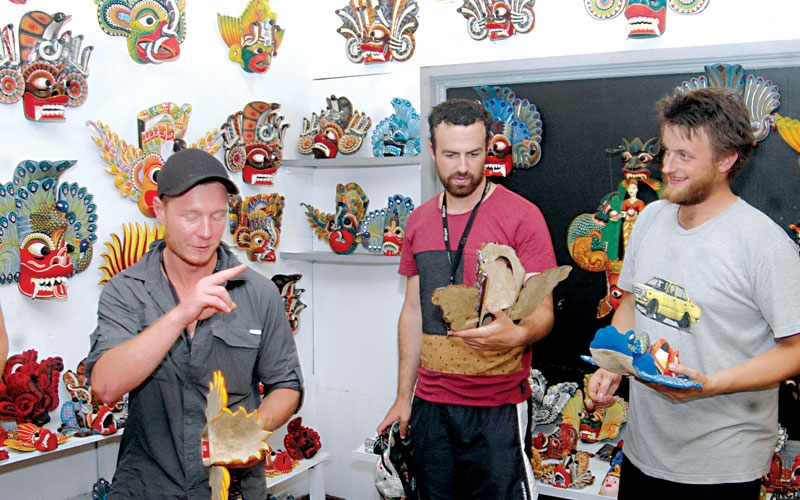
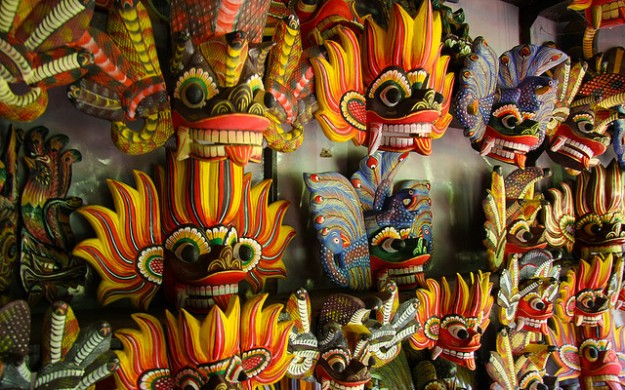
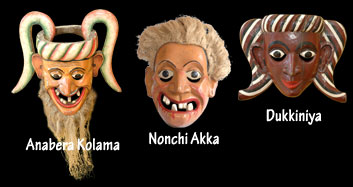

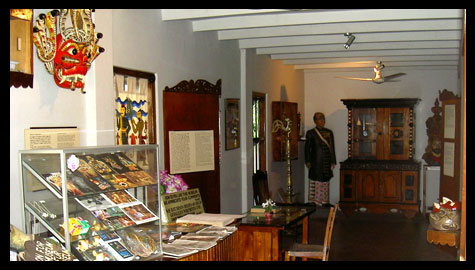
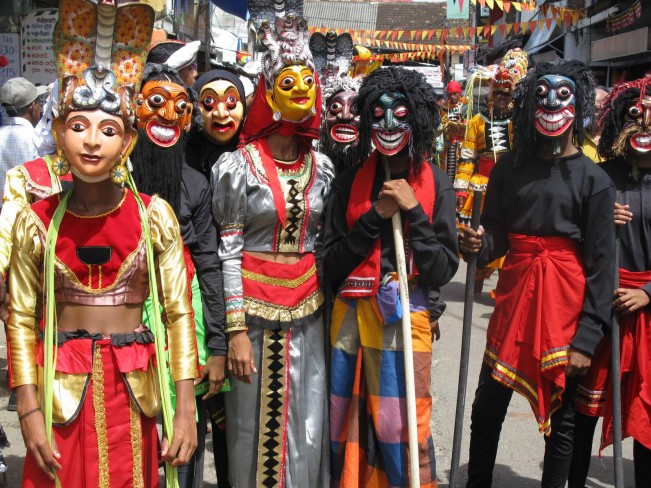
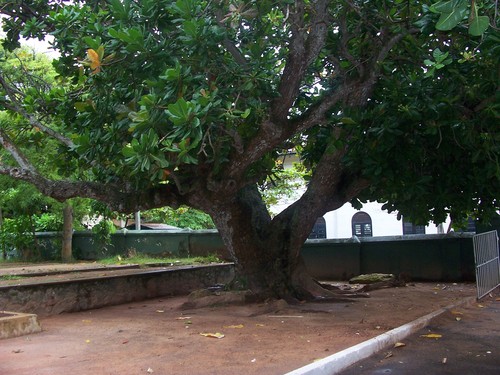
Kaduru tree (stychnos nux vomica)

